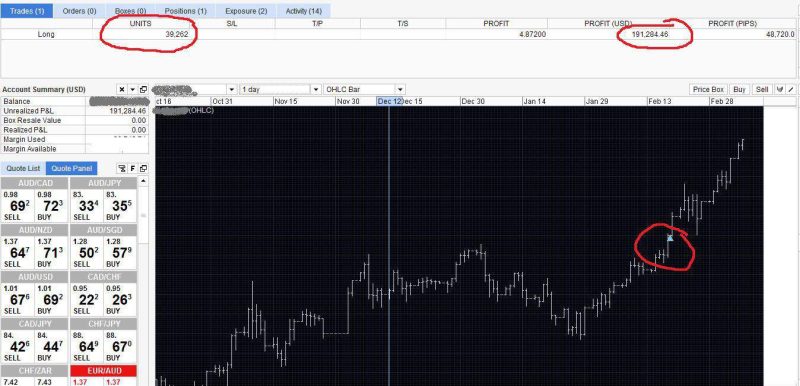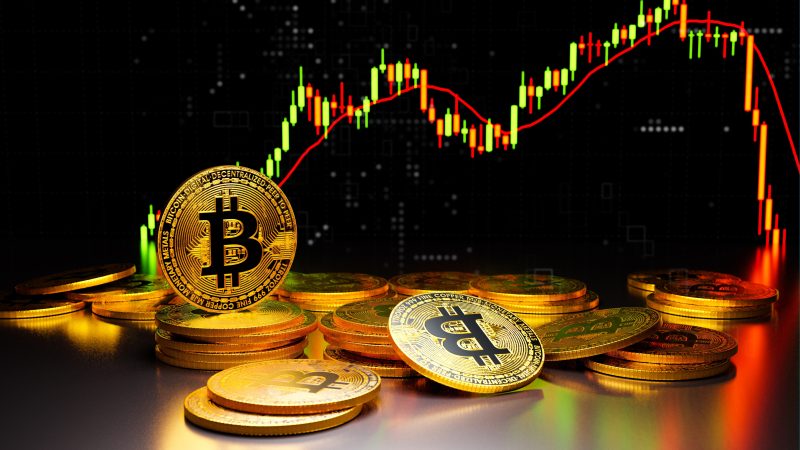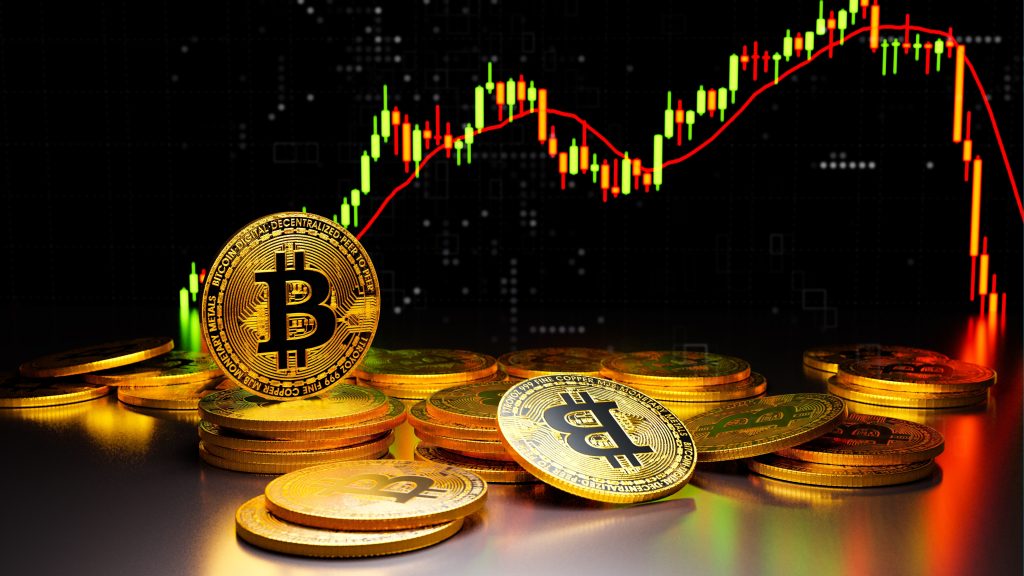The financial markets of the modern era operate at a once unimaginable speed. High-frequency trading and algorithmic trading systems process vast amounts of data and execute trades in milliseconds. This shift towards faster trading strategies has intensified the competition among trading firms. With every millisecond counting, the pressure to minimize trading latency has never been higher.
Yet, while the technology driving low-latency trading has advanced, its true value to traders remains a topic of debate. Some argue that it levels the playing field, allowing traders to capitalize on fleeting market opportunities. Others contend that it exacerbates market volatility and can lead to unfair trading advantages. As the race to zero latency continues, the quest to determine its real impact on the market persists.
What is Low-Latency Trading?

Low-latency trading is a technological breakthrough in the world of financial markets. With the rise of digital trading systems and the increasing importance of speed, achieving minimal latency has become a primary objective for many trading firms. This form of trading is particularly crucial for high-frequency traders who rely on real-time data and swift order execution to seize fleeting market opportunities.
The foundation of low-latency trading lies in its trading system architecture. Advanced hardware, software, and networking solutions are meticulously integrated to minimize any potential delays. Factors such as network switches, operating system choice, and data transmission methods are optimized to ensure that trades are carried out with the least possible delay.
However, as beneficial as it may seem, low-latency trading also presents challenges. The pursuit of speed can lead to significant investments in technology and infrastructure. Furthermore, as more traders adopt this approach, the competitive advantage may diminish over time, making continuous innovation imperative for firms wishing to stay ahead in the trading landscape.
Also Read: High Frequency Trading: A Complete Guide
The Importance of Low-Latency in Trading
In the fast-paced realm of the financial markets, low latency has emerged as a key differentiator. High-frequency traders, who operate on the frontier of trading speed, recognize the critical importance of a low latency environment. For them, even a millisecond's delay can be the difference between a profitable trade and a missed opportunity. As prices fluctuate and market events unfold in real time, these traders require systems that can keep pace and execute trades instantaneously.
Trading strategies tailored for high-frequency trading are intricately designed to leverage the benefits of low latency. Such strategies often hinge on capturing minor price discrepancies, reacting to fresh market data, or navigating sudden market volatility. With the right technology, traders can act on these minute changes faster than the competition, maximizing their potential returns.
To ensure they remain at the forefront of this trading evolution, trading firms allocate substantial resources towards low latency technology. This involves not just state-of-the-art hardware and software but also strategic decisions like co-location near exchanges. By minimizing latency, these firms aim to carve out a decisive competitive edge, ensuring they are always one step ahead in the ever-competitive trading arena.
Factors Affecting Trading Latency
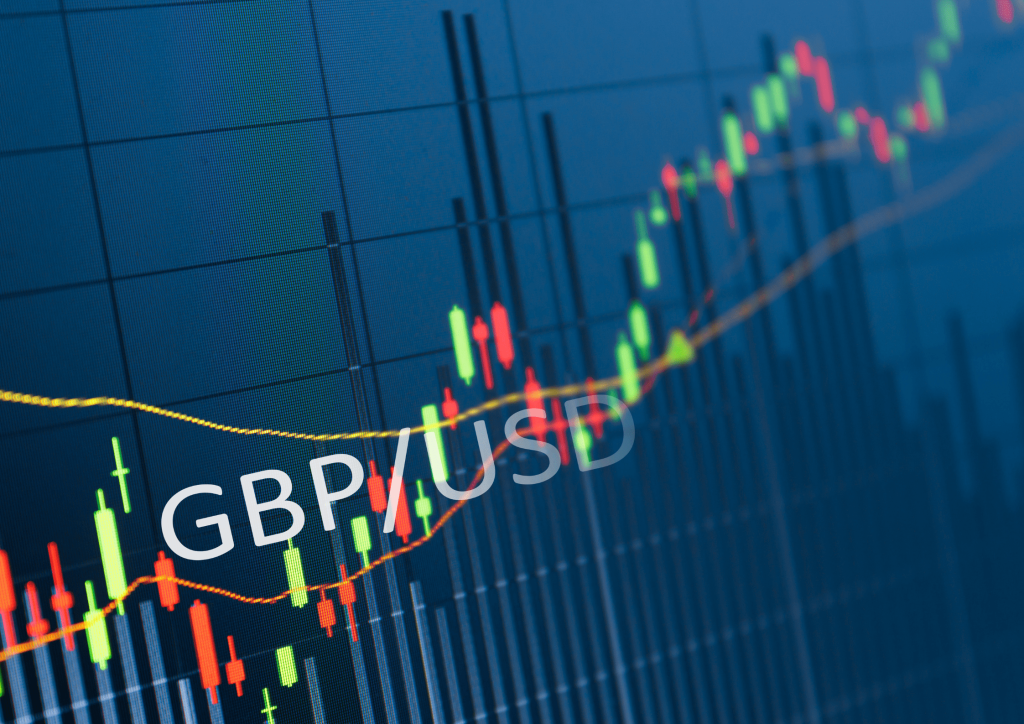
Trading latency, the delay between initiating and executing a trade, is a composite result of various interconnected components within a trading system. At the software level, the operating system choice and programming language can significantly impact the system's response time. While some languages are optimized for speed, others might prioritize flexibility or security, which can inadvertently introduce latency jitter, causing inconsistent delays in trade execution.
The hardware and networking infrastructure are equally crucial in determining trading latency. Choices related to network switches directly affect how data packets are routed and prioritized. Furthermore, the method of data transmission plays a pivotal role. While wireless transmission offers flexibility, fiber optic cables often provide faster and more stable data transfer rates, making them a preferred choice for many high-frequency trading firms.
Beyond these, the physical infrastructure where trading systems reside, primarily data centers, also has a say in latency figures. Factors such as cabling options, proximity to major exchanges, and even protocol changes can result in added latency. As trading continues to evolve in its complexity and speed, understanding and optimizing these myriad factors becomes essential for firms aiming for peak performance.
Also Read: All You Must Know About Chain Games
Reducing Latency in Trading
In the quest for reducing latency in trading, a holistic approach that encompasses both hardware and software components is essential. The trading system architecture plays a pivotal role, dictating how different components interact and process information. An optimized architecture ensures efficient data flow, minimizing bottlenecks and ensuring swift order execution.
Trading firms and brokerage firms have recognized the tangible benefits of proximity when it comes to latency. Investing in co-location services allows these entities to position their trading applications physically closer to exchanges. This strategic positioning reduces the physical distance data needs to travel, translating into faster trade executions and a competitive edge in the market.
However, achieving ultra-low latency requires a meticulous blend of both hardware and software optimizations. From fine-tuning network configurations to ensure unhindered data flow, to making software tweaks that optimize processing speeds, every detail matters. As trading environments become increasingly competitive, the relentless pursuit of minimizing latency remains a top priority for firms worldwide.
Latency Arbitrage: A Controversial Strategy
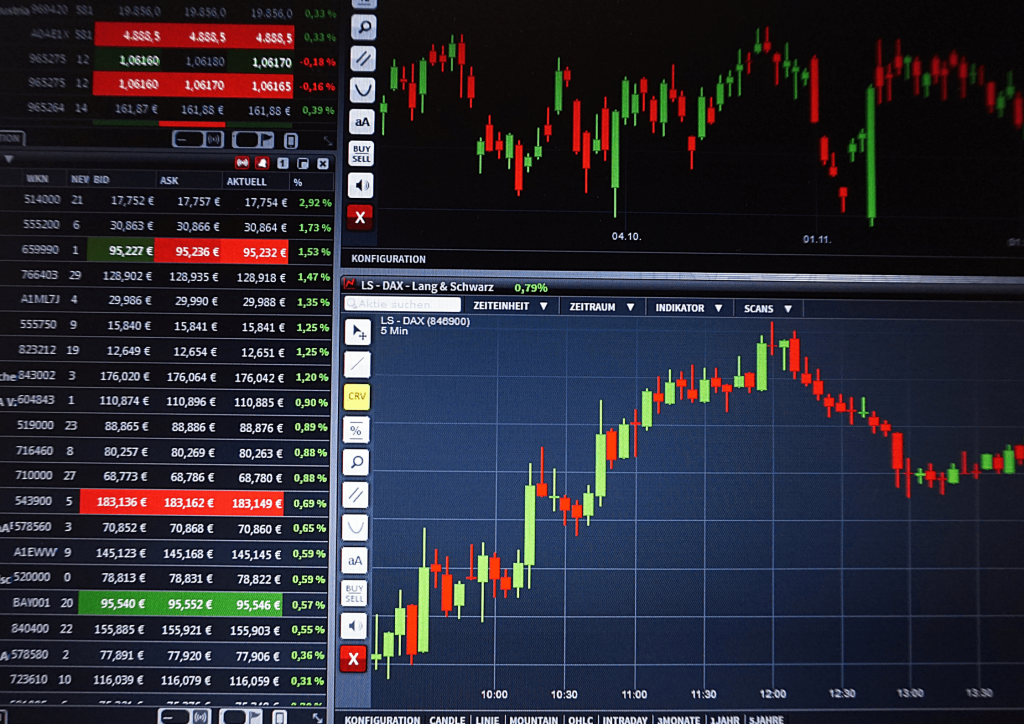
Latency arbitrage sits at the intersection of technology and trading strategy, leveraging the minute discrepancies in market data feeds from different brokerage firms. Traders adept in this strategy deploy advanced low-latency technology to receive and act on this data faster than their counterparts. By capitalizing on the split-second differences in price information from diverse sources, they can secure trades that offer favorable returns, essentially profiting from the time lag in data dissemination.
However, while the strategy might be a goldmine for those equipped with the requisite technology, it has sparked considerable debate in the trading community. Detractors argue that latency arbitrage gives an undue advantage to traders with superior technological infrastructure, skewing the level playing field that financial markets ideally represent. They contend that this form of trading does not stem from insightful analysis or market understanding but merely exploits technological disparities.
The controversy surrounding latency arbitrage underscores a broader discourse on the ethics of trading in an age dominated by technology. As markets evolve and technology continues to redefine trading paradigms, the debate on strategies like latency arbitrage and their place in the trading ecosystem is set to intensify.
The Future of Low-Latency Trading

The landscape of low-latency trading is in a state of perpetual evolution, driven by technological advancements and the relentless pursuit of speed. As new technologies emerge, from quantum computing to advanced data transmission methods, the goalposts shift closer to achieving zero latency. Trading firms are at the forefront of this race, investing heavily in R&D and infrastructure to shave off every possible millisecond from their trading systems, ensuring they remain competitive in the high-stakes world of financial markets.
However, the path to ultra-fast trading isn't without its challenges. Despite state-of-the-art technologies, issues like slow execution persist. Factors such as the physical distance from data centers can introduce latency, given the finite speed of data transmission. Moreover, processing issues, arising from software glitches or hardware limitations, can also impede the desired execution speed, highlighting the intricate balance between speed and stability in trading systems.
Looking ahead, as the boundaries of technological capabilities expand, the future of low-latency trading promises to be even more dynamic. The interplay between technology, strategy, and market dynamics will dictate the trajectory of this trading paradigm, with firms continually adapting to stay ahead in the game.
Conclusion
Low latency trading stands as a testament to the technological strides made in the financial markets. By drastically reducing the time between trade initiation and execution, it provides trading firms with an edge, enabling them to capitalize on fleeting market opportunities that might be invisible to others. This potential competitive advantage has ushered in an era where milliseconds can determine significant profit margins, emphasizing the pivotal role of speed in modern trading dynamics.
Yet, the journey towards ultra-low latency is riddled with challenges. From hardware intricacies to software nuances, a myriad of factors come into play, each capable of introducing unexpected delays. As the landscape of trading continues to transform, the emphasis on speed becomes ever more pronounced. For firms navigating these turbulent waters, the relentless pursuit of reduced latency remains a paramount objective, underscoring their commitment to staying at the forefront of the trading world.
Also Read: What is a Straddle Strategy?
FAQs
How does latency arbitrage differ from traditional arbitrage methods in trading?
Latency arbitrage exploits minute discrepancies in market data feeds from different sources, capitalizing on the time lag in data dissemination. Traditional arbitrage, on the other hand, focuses on price differences between assets in different markets or forms without necessarily relying on technology-induced time lags.
Are co-location services the only solution to achieve ultra-low latency in trading?
No, while co-location services reduce the physical distance to exchanges and are a popular solution, achieving ultra-low latency also involves optimizing software, hardware, network configurations, and data transmission methods.
How do network switches impact trading latency?
Network switches determine how data packets are routed and prioritized within a trading system. Optimized switches ensure efficient data flow, reducing potential bottlenecks and minimizing latency in trade execution.





